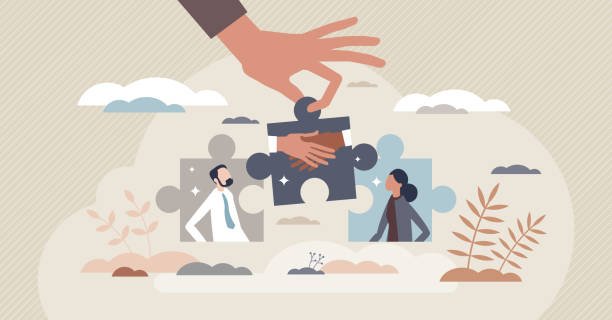Conflict Mediation & Restorative Practices
A restorative response to harmful incidents/negative behaviours focuses on relationship reparation, accountability, and the identification of the larger context that leads to negative behaviours. Restorative practices can be used proactively as a community-building tool, and reactively, as a useful tool in conflict mediation. Restorative practices can be used in any setting, helping teach people about positive conflict, effective communication, and being accountable for one’s actions.
Trainings & Workshops (sample)
Introduction to Restorative Practices
Implementing Restorative Practices in Education
Designing and Facilitating Restorative Circles
Conflict Management with Teams & Individuals
Direct Practice
Trident has experience facilitating mediation using a restorative lens. Conflicts between individuals, groups, or entire organisations can be responded to. Having an outsider come in to mediate can often create more positive outcomes for teams and Trident has extensive experience in conflict resolution.
Strategic Planning
Creating positive systems of conflict management requires time, thoughtfulness, and a concrete plan. Trident can work with organisations to develop and implement a comprehensive plan to shift practices and protocols to become more restorative in nature.
To learn a little more…
How do I use Restorative Practices in Conflict Mediation?
RP is a philosophical approach to community building and to responding to harmful incidents. RP can be used in anything from the planning of a performance appraisal through mediating a conflict with others through addressing negative behaviours in the classroom/workplace.
Can Trident help manage my conflict?
Sure! Here at Trident, we are trained to facilitated various RP processes that can respond to and alleviate conflict. The aim of any RP process will be to repair broken relationships, focus on the needs of the party who has been harmed, and work towards accountability for the person/people who caused the harm.
What happens to punishment?
Restorative Practices reframes the idea of punishment to be about accountability. There are still consequences in RP; however, they are contextually specific and aim to repair the relationships that have been broken and the harm that has been caused.
Where do Restorative Practices come from?
RJ has a long history within Indigenous communities around the world, notably the Maori in New Zealand and First Nations people in North America. It stems from the idea that when negative incidents occur, the community at large is harmed, and the community can help resolve the harm too.
What is a Restorative Circle?
A circle is a facilitated discussion around a specific topic. For example, circles might be utilised when there is a leadership transition, or when there are harmful incidents that impact multiple people. A circle encourages reflection, active participation, and intentional listening to others’ experiences.
Where do I start?
The best place to start is with an introductory training or course on the topic. RP is a very big field and there are lots of skills to learn! An introductory course will help organisations better understand if RP is right for them and provide some theoretical and practical understanding of how RP can be implemented.
“Examples from Andrew were very enlightening on how to use RJ. I also liked he allowed the training to feel like a conversation (two-sided) more than a presentation (one-sided). Planning a circle at the end was also very engaging and useful. ”
““I can say with confidence that Andrew is exceptional. He is a knowledgeable, professional, and talented facilitator. His multi-hour, multi-day courses are always deliberately planned using best practices for adult professional learning. He is skilled in creating a safe space for adults to learn and grow.””
“The course provided clear steps on how to implement restorative practices within my teaching and interactions with students.”

